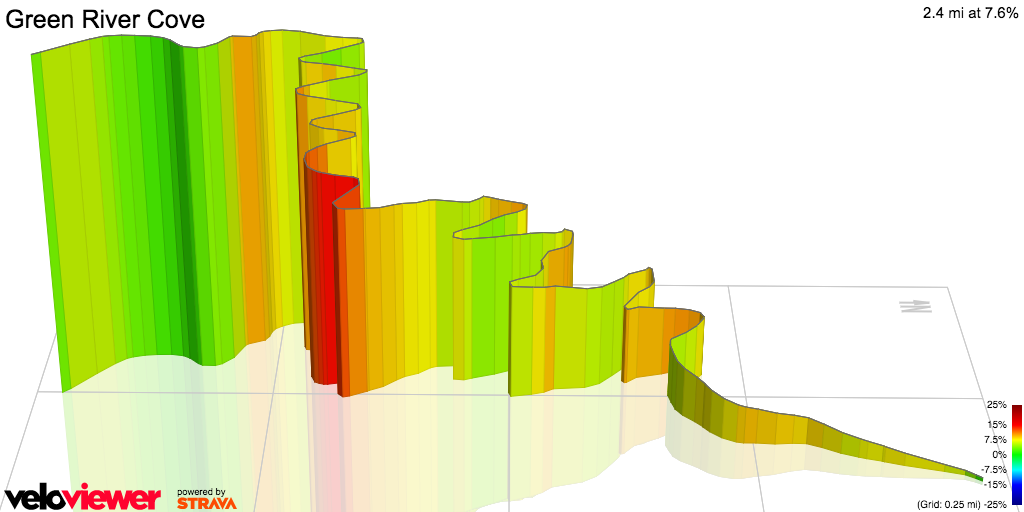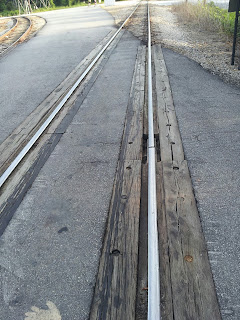 |
Acclimation -
Here in South Carolina, the temperatures can change rather rapidly during the early summer months. It was just 2 weeks ago that I was participating in the Ride 4 Animal care, and my Garmin recorded a cool 70°F during the climb up Green River Cove. Just last weekend on another training ride, that same device recorded a sweltering 100°F peak temperature. That extreme of a difference in temperature in just a week is highly uncommon, but as the Summer months get into full swing, it takes our bodies time to acclimate to the new weather patterns. According to the Encyclopedia of Sport Science, it can take up to 14 days for your body to acclimate to warmer temperatures. Mackenzie Madision wrote for US Triathlon with several suggestions and guidelines for heat acclimation.
Sun Exposure -
While Sun exposure is something to think about during all times of the year, the summer months is when the Sun hits folks in the Northern Hemisphere more directly. Thus if you are planning big rides, taking care of your skin should be vitally important. While crisp tan lines are often lauded, crisp burn lines are painful and hazardous. Make sure to read the instructions on your sunscreen, and follow them correctly. Just because the SPF rating is 35 doesn't mean you have all day protection if you put it on at 6 in the morning; some sunscreens may not let your skin properly breathe, and may make your warmer during exercise. Many of the modern sunscreens soak in after just 2 hours, leaving the protection under your skin (instead of on it). If you are looking for resources on which sunscreens work the best, there are plenty of websites that spend hours digesting all of the data out there. The Environmental Working Group has plenty of resources on sunscreen and its effectiveness, for example. Kitchen Stewardship even goes so far as to review various sunscreens and offer up home made alternatives to the chemical soups sold in stores.
I have also increased my intake of Omega 3 fatty acids (Fish Oil) and Vitamin C during the Summer months to help stave off sunburns. While no supplement regimen can claim medical advice, I've gone from perennially red to being able to handle long bike rides in the sun.
Hydration -
I've saved the most talked about of the 3 until last. From expensive sports drink commercials to every website dealing with exercise, hydration is almost always at the top of the list of things that folks concentrate on. During the warm Summer months, the facts are that you are going to sweat more. After you are acclimated to the heat your body is going to sweat sooner, and harder, although your sweat may have a lower electrolyte (salt) count. Waiting until you are thirsty to try to fill back up your reserves is not going to be effective over any length of workout. Getting (and staying) hydrated before and during an effort is critical not only for a good workout, but for staying out of trouble. Losing just 2% of your body weight from sweat loss can greatly impact your results. The American College of Sports Medicine recommends the following guidelines for staying hydrated:
Before exercise
- Goal: Start exercise properly hydrated
- Drink 16-20 fluid ounces of water or sports beverage at least four hours before exercise
- Drink another 8-12 fluid ounces of water 10-15 minutes before exercise
During exercise
- Goal: Prevent a >2% loss in body weight
- Drink 3-8 fluid ounces of a sports beverage (5-8 percent carbohydrate with electrolytes) every 15-20 minutes when exercising greater than 60 mins
- Do not drink more than one quart/hour during exercise (32 fluid ounces)
After exercise
- Goal: Fully replace fluid and electrolyte deficits
- Drink 20-24 fluid ounces of water or sports beverage for every one pound lost
While there is no guaranteed solution for how to handle being out in the elements, making wise informed decisions is the key to success. Spend the time to inform yourself of the conditions that you are going to be exposed to during your event, and make sure to account for them in your plan. Just like in fueling in general, waiting until you "need it" will put yourself into a hole that is nearly impossible to dig yourself out of.













